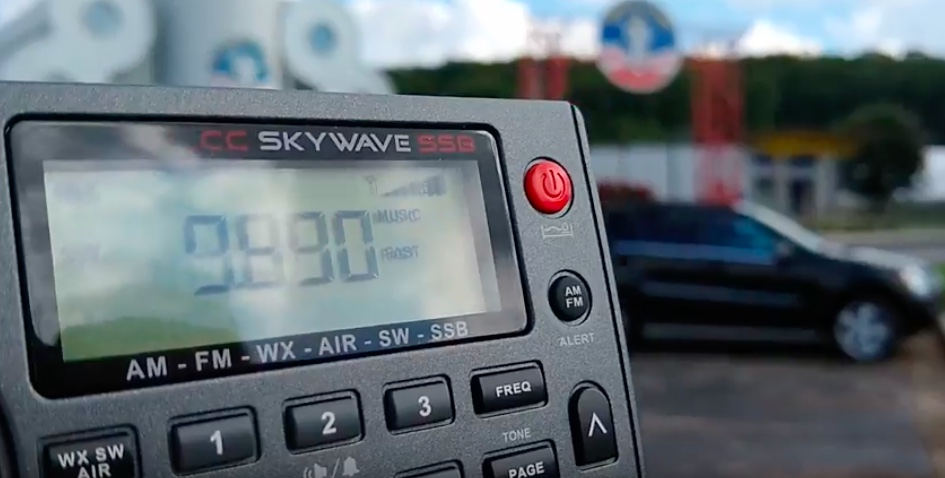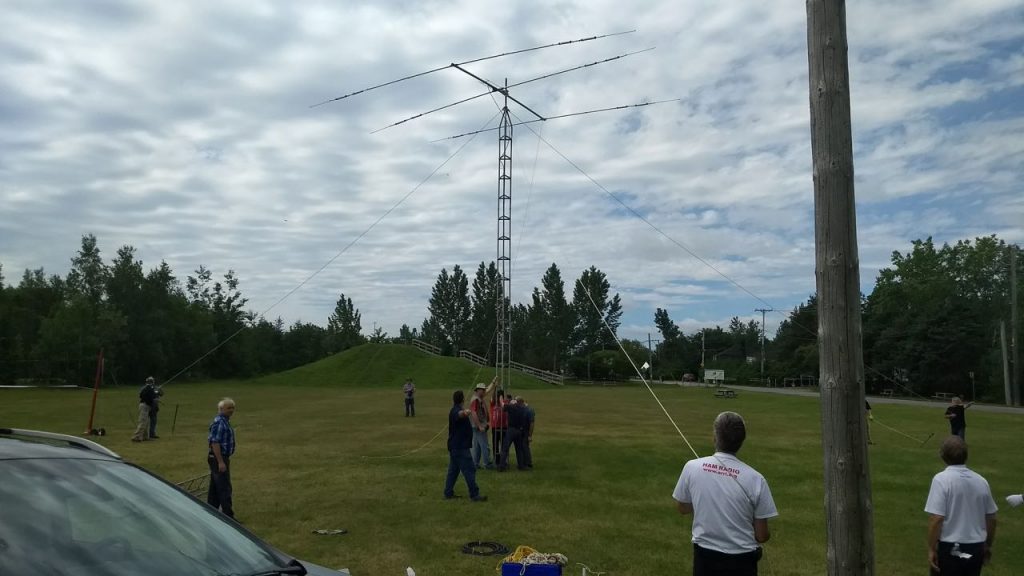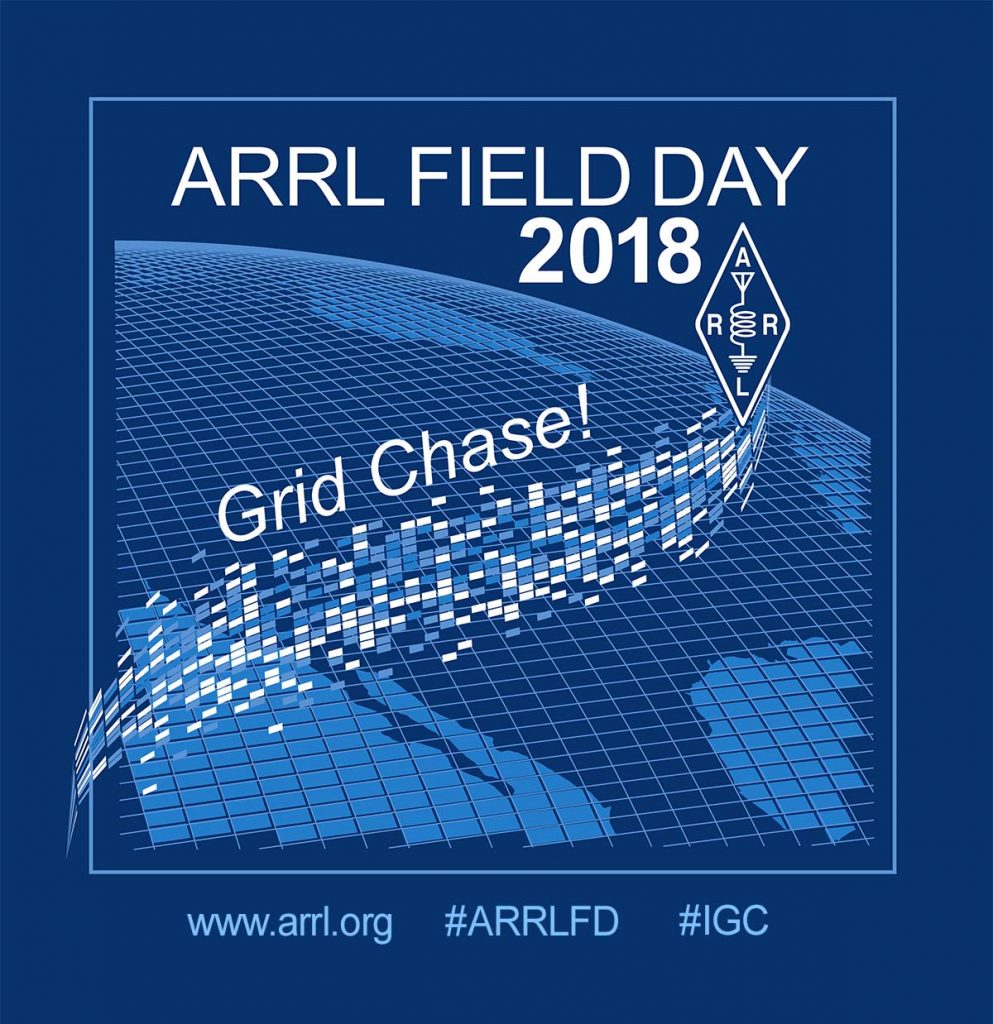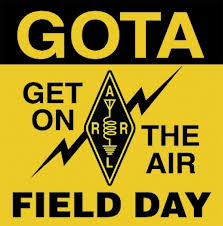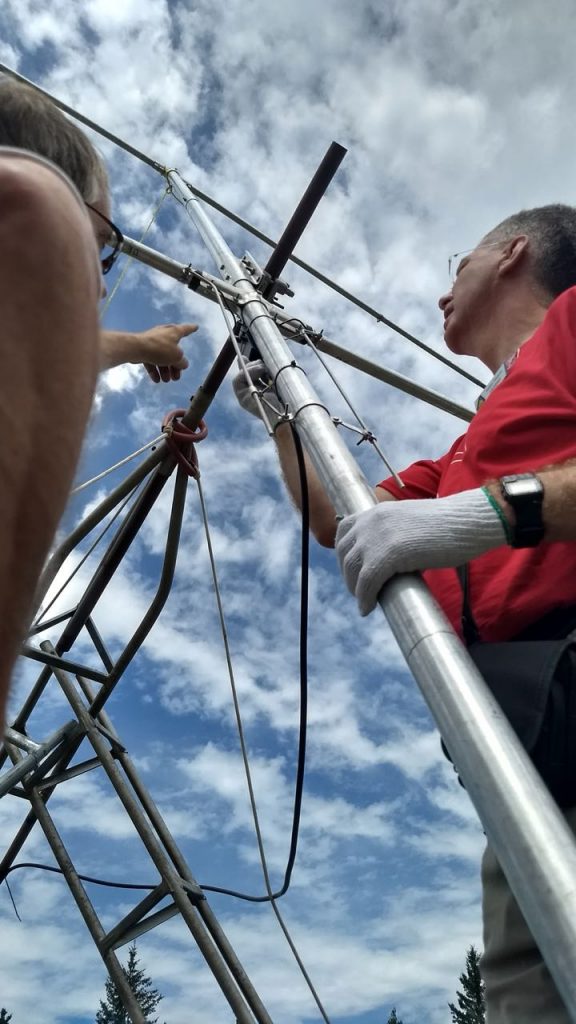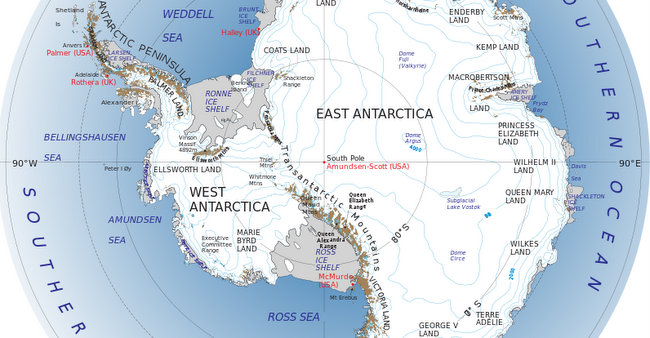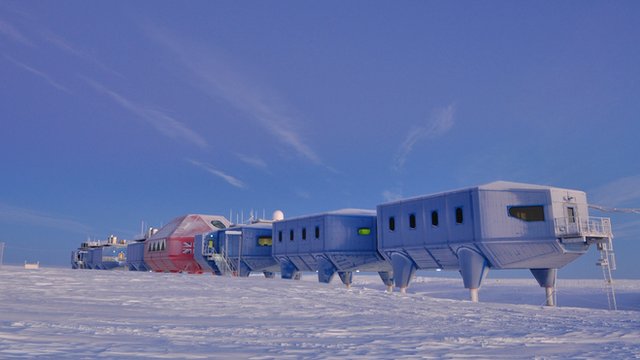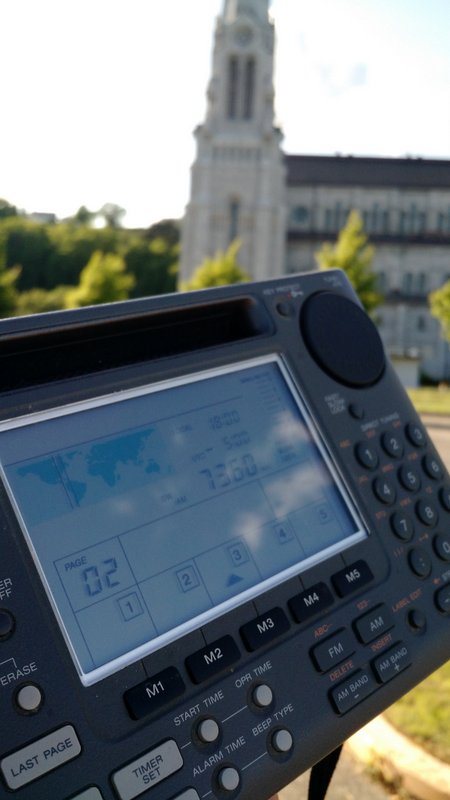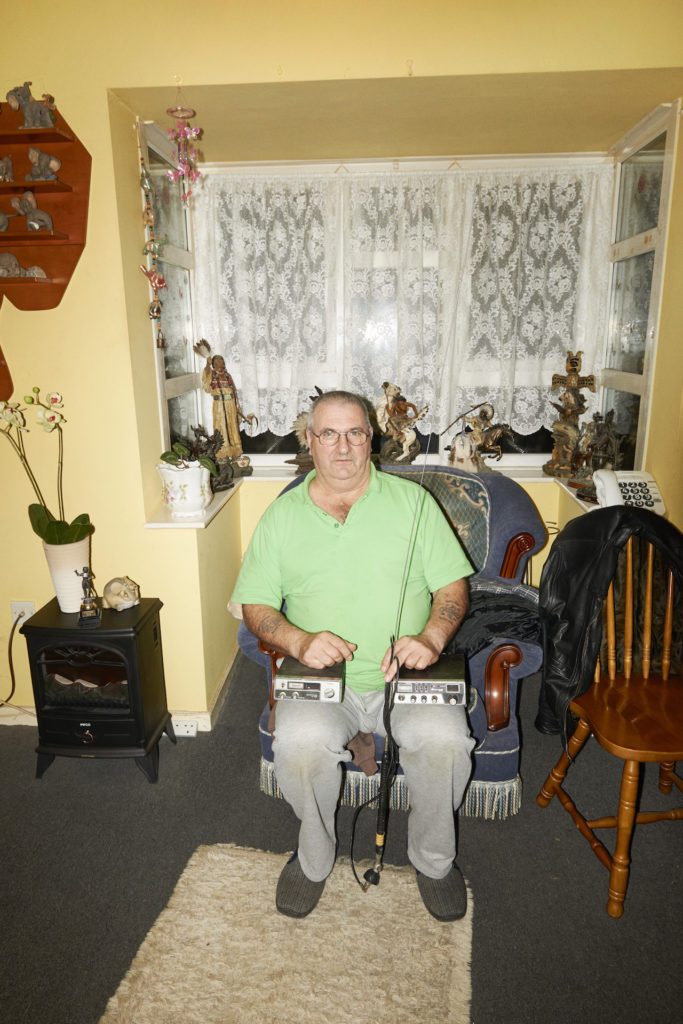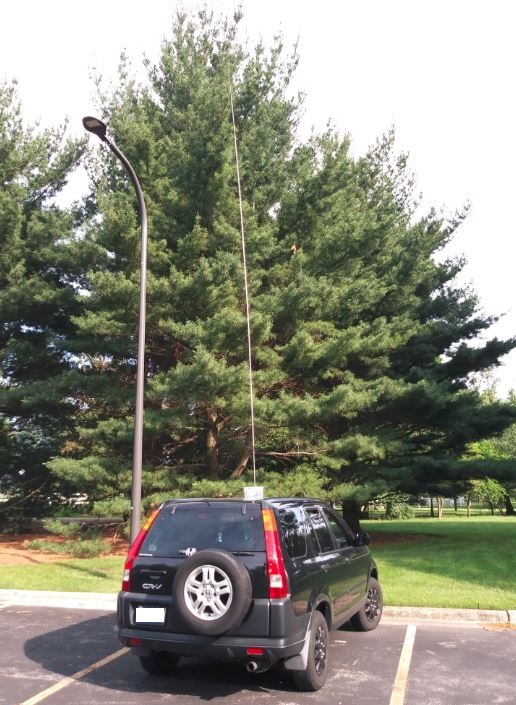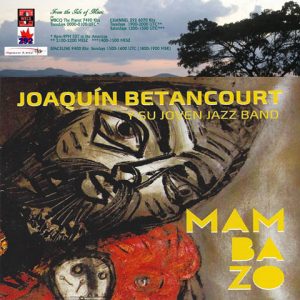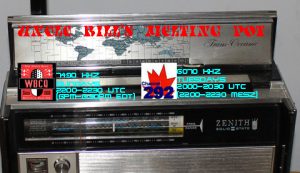Once again, SWLing Post readers did an amazing job of capturing off-air clips of the BBC Midwinter broadcast to Antarctica! Thank you so much for submitting your recordings!
I managed to listen to a bit of the broadcast myself in the parking lot of the US Space and Rocket Center in Huntsville, Alabama. I only brought my C. Crane CC Skywave SSB along. The signal was quite weak, but I did log the 9,890 kHz broadcast from Woofferton, UK. Pretty impressive considering the modest portable receiver and the fact the broadcast’s target was Antarctica! Pure shortwave magic.
Here’s a very short video:
Click here to view on YouTube.
I hope to have a formatted post with all reader recordings published next week. It’ll actually take me a few dedicated hours to put it all together, so I appreciate your patience.
These are very busy days for me, so if you’ve contacted me via email, I apologize for taking so long to reply. So far in the month of June, I’ve only been home perhaps a total of three nights. July will be equally as busy, plus I’ll also present at the Circle of HOPE 2018 conference in NYC. Really looking forward to that!
If you missed the Midwinter broadcast, Richard Langley has already posted recordings on the Shortwave Radio Audio Archive [thanks, Richard!].
Again, thank you all for such an amazing job! I’m looking forward to going through the recordings!

